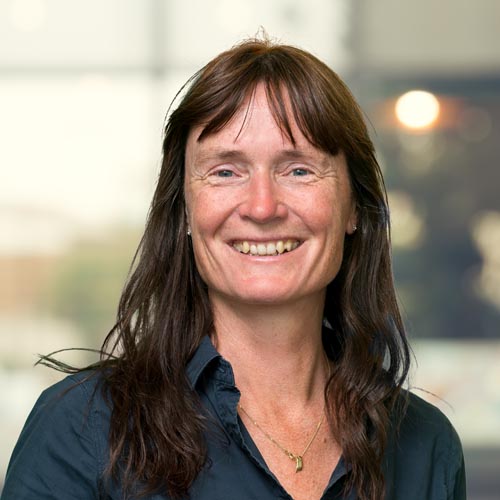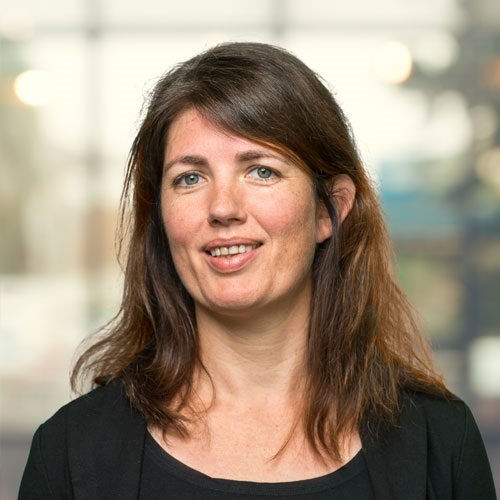
Integrating solar energy and safety
The area that we can use to generate solar energy in the Netherlands is large and continues to grow. At TNO we develop solar energy concepts for optimum integration into buildings and infrastructure, on water, in combination with agriculture, and on vehicles. New products and applications also bring new safety challenges.
Solar energy on buildings
Many large flat roofs cannot support the current standard technology. For example, the Netherlands has more than 2,000 distribution centres with large roofs and numerous industrial and agricultural buildings. In total, there are more than 100 square kilometres of roof area that could accommodate at least 10 gigawatt peak (GWp) of solar power. To exploit this potential as much as possible, we’re collaborating with companies to investigate which lightweight materials and structures we can apply. One example is a new type of plastic-based solar panel. Using all these roofs will provide a wealth of solar energy in the Netherlands, without meeting any aesthetic objections.
Solar panels on façades
The façade of the head office of construction company BAM in Bunnik was fitted with solar panels whose shape, colour, and pattern harmonise well with the building’s exterior. Such new coloured or patterned PV modules are an attractive alternative to the traditional ones, which are practically only available in a single dark colour and one size. This lets architects design buildings that can harvest solar energy without any aesthetic limitations. In the future, windows will also be able to generate solar energy.
Reducing social costs
The prime advantage of generating solar energy on roofs and façades is that it’s produced where it’s needed. Additional cables and other infrastructure for transporting electricity are no longer necessary. This provides society with more sustainable energy and substantially fewer costs.
Safe use of solar energy
We deploy our expertise and experience to work with partners to minimise the safety risks (pdf) of current systems and future products.
All these parties require knowledge about the safe use of solar energy and factors that play a role in causing fires in solar systems. Manufacturers want to know the requirements for maximising the safety of their solar modules. There are still no clear guidelines on safe installations for solar on water or solar in infrastructure. We’re continuing to acquire knowledge in these areas. This is to prevent safety concerns from being an obstacle to achieving our climate targets.
Expansion of research infrastructure
We’ve expanded our research facilities, adding equipment and test set-ups in the laboratory, and mobile equipment for measurements in the field. In this research we collaborate with:
- manufacturers and suppliers
- construction companies
- installation engineers
- project developers
- owners of buildings
- insurers
- municipalities and national government
We’re also working with them to develop new products. These include solutions to minimise the risk of electric arcs. Arcs are one of the causes of fires in solar systems. But we are also developing new technology that prevents local heating of solar cells due to shade.
We work with manufacturers to eliminate design risks. In our lab, we carry out extensive electrotechnical tests, temperature measurements, and tests for electric arc detection systems, among other things. These are tests of the product itself. But we also test the interaction with other materials, for example in the case of integration into building elements. With this research, we develop knowledge that can also be used by the government, for example for legislation.
Combining expertise
We provide various parties with expertise on solar modules and systems in relation to power electronics. We have advanced test facilities for measuring, analysing, and characterising these modules. For the integration of solar energy into the built environment and infrastructure, we work in teams in which we combine our knowledge of energy, electronics, and constructions for example.
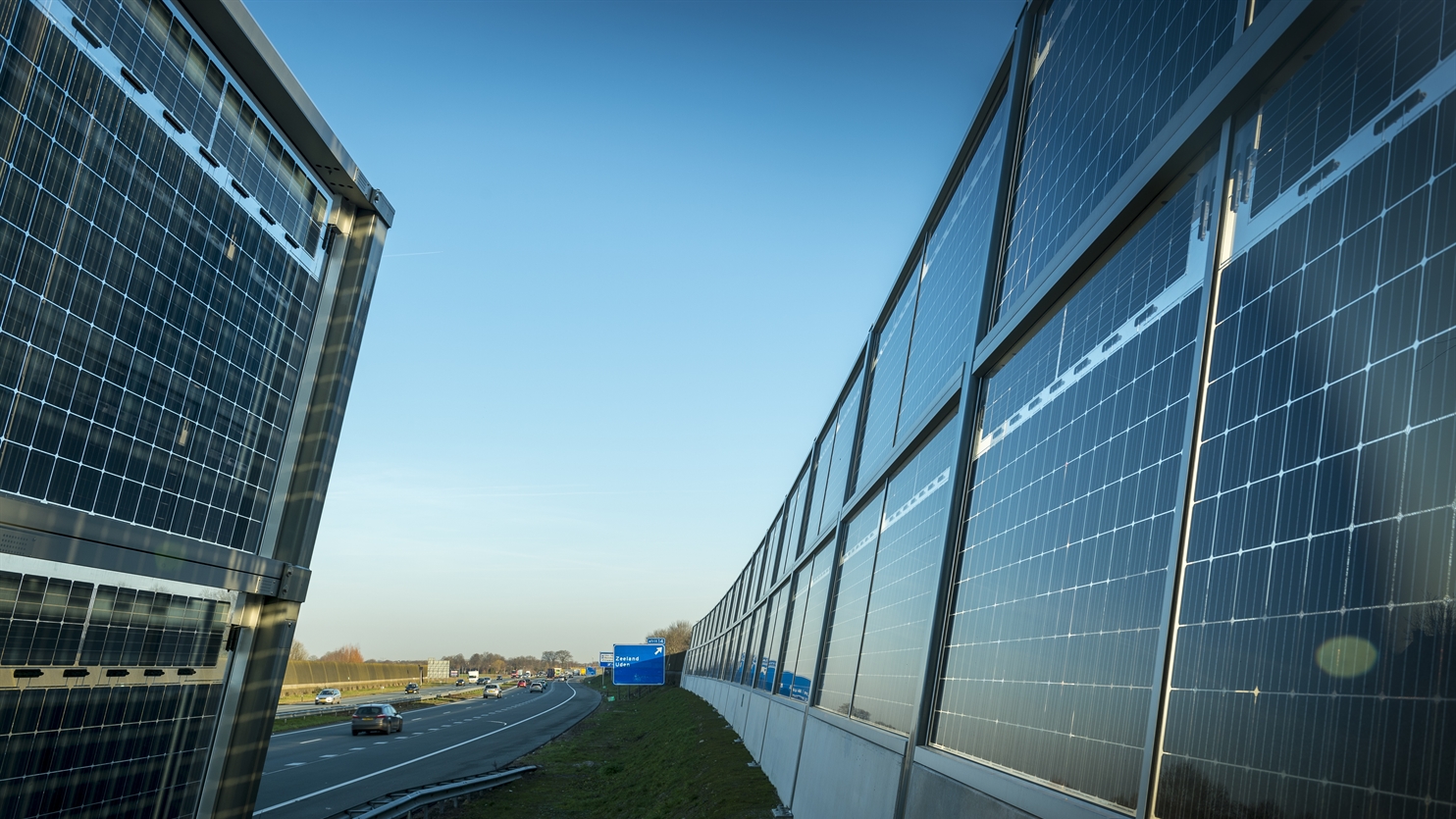
Solar-powered cars
Solar-powered cars are entering the commercial market. The solar panels 'refuel' sunlight when the car is stationary and when it’ s driving. The driving range will be extended this way. We not only develop the car roofs and bonnets with solar panels, but we also do calculations to see how much that generates. How much less do you need to charge, or how many kilometres further can you drive with this kind of integrated solar panels?
Solar panels on noise barriers
We’re also working with partners on various designs of solar noise barriers. A good example is a technology for incorporating bifacial solar panels into these barriers. Many hundreds of kilometres can potentially be equipped in this way. With bifacial panels, south-facing installation is no longer necessary, as they capture sunlight in every direction. We’re now testing the same application for use in noise barriers along railway lines, where there are potentially around 700 kilometres of space available.
Solar panels on and beside roads
With partners we have conducted tests with solar cells on roads. Generating energy in the road must be reliable and economically viable, but must not undermine road safety. Roads are heavily loaded and robust equipment is needed to generate solar energy in it. Further development of existing technology aimed at heavy traffic is needed.
Solar panels on dikes
Together with partners, we’re investigating the possibilities for solar panels on dikes. What effect would they have on the safety of the dike? Would they fit into the landscape? Would the energy yield outweigh possible disadvantages? In doing so, we research, for example, the effect of solar panels on grass growth, which is an important factor for the firmness of a dike.
Get inspired
Shade screens with rollable solar foil combines energy generation with climate control in greenhouses
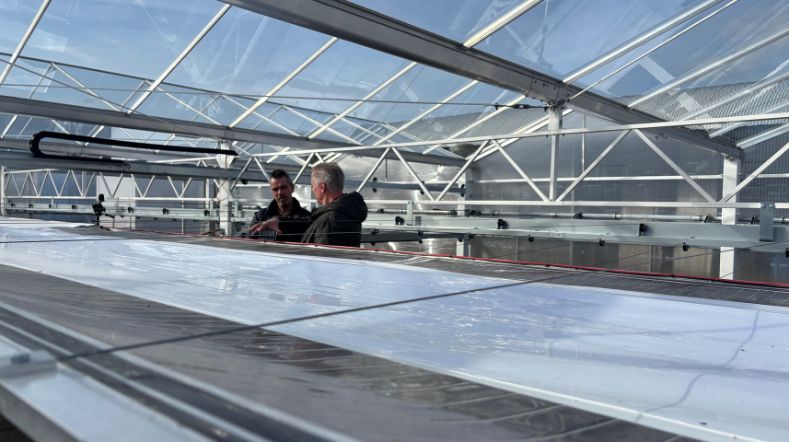

Building fires with solar panels mapped for the first time


New multifunctional solar window generates energy by reflecting light
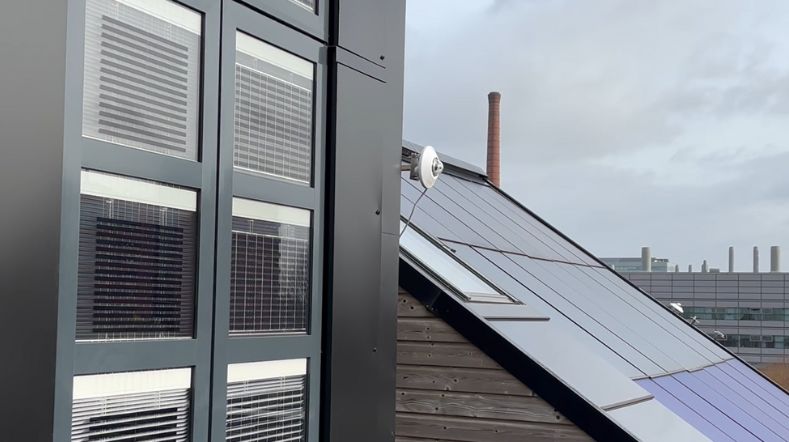

Webinar: Solar energy in Brabant - Building a sustainable future for Europe


Reduced energy yield due to rapid shading of solar panels by wind turbines




